Common Name(s): New Zealand kauri, southern kauri
Scientific Name: Agathis australis
Distribution: New Zealand
Tree Size: 150-200 ft (45-60 m) tall,
5-10 ft (1.5-3 m) trunk diameter
Average Dried Weight: 34 lbs/ft3 (540 kg/m3)
Specific Gravity (Basic, 12% MC): .44, .54
Janka Hardness: 730 lbf (3,230 N)
Modulus of Rupture: 12,560 lbf/in2 (86.6 MPa)
Elastic Modulus: 1,721,000 lbf/in2 (11.87 GPa)
Crushing Strength: 6,130 lbf/in2 (42.3 MPa)
Shrinkage: Radial: 4.1%, Tangential: 6%,
Volumetric: 11.3%, T/R Ratio: 1.5
Color/Appearance: Pale yellowish white to golden brown heartwood. Sapwood typically same color as heartwood. Due to the tree’s large size, kauri is nearly always clear and knot-less, with minimal wastage. Some pieces of kauri may exhibit a shimmering grain figure that’s commonly referred to as “whitebait”—so named for the iridescent appearance of schools of whitebait fish seen in the waters of New Zealand.
Grain/Texture: Grain is usually straight, with a fine, even texture and a moderate natural luster.
Rot Resistance: Rated as durable regarding decay resistance (better than other Agathis species); not susceptible to powder post beetle attack.
Workability: Kauri’s moderate density, along with its straight and consistent grain give it good workability. Most machining and shaping operations can be performed with a minimum of trouble. Glues and finishes well.
Odor: No characteristic odor.
Allergies/Toxicity: Besides the standard health risks associated with any type of wood dust, no further health reactions have been associated with kauri. See the articles Wood Allergies and Toxicity and Wood Dust Safety for more information.
Pricing/Availability: The harvesting of standing kauri trees in New Zealand is strictly controlled, and lumber is seldom seen outside of its natural range, with the exception of a type of the wood marketed as ancient kauri or swamp kauri—this wood is obtained from previously fallen trees that have been preserved in New Zealand swamps and bogs. Because of the difficulty in extracting these large logs, the wood can be quite expensive.
Sustainability: This wood species is not listed in the CITES Appendices, but is reported by the IUCN as being conservation dependent. Cessation of any current conservation programs would likely result in a vulnerable or endangered Red List status.
Common Uses: Boatbuilding, furniture, cabinetry, veneer, musical instruments (guitars), and turned objects.
Comments: Kauri are among the most massive trees in the world in sheer volume, rivaling the giant redwoods in the Pacific northwest of the United States.
Images: Drag the slider up/down to toggle between raw and finished wood. A special thanks to Ben Vaterlaus for providing the picture of the turned pen.
Identification: See the article on Softwood Anatomy for definitions of endgrain features.
Resin canals: absent
Tracheid diameter: medium
Earlywood to latewood transition: gradual
Grain contrast: low
Parenchyma: none; contains resinous tracheids (resin plugs) with dark reddish-brown contents which look nearly identical to diffuse parenchyma
Lookalikes/Substitutes: Not to be confused with karri (Eucalyptus diversicolor), a completely unrelated Australian hardwood with a very similar common name.
Notes: Reported to have a distinct taste (but no odor).
Related Content:

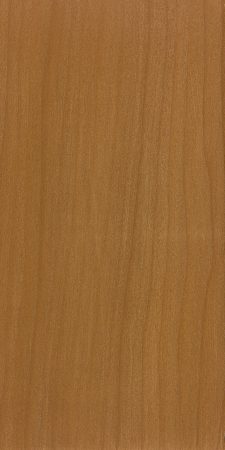
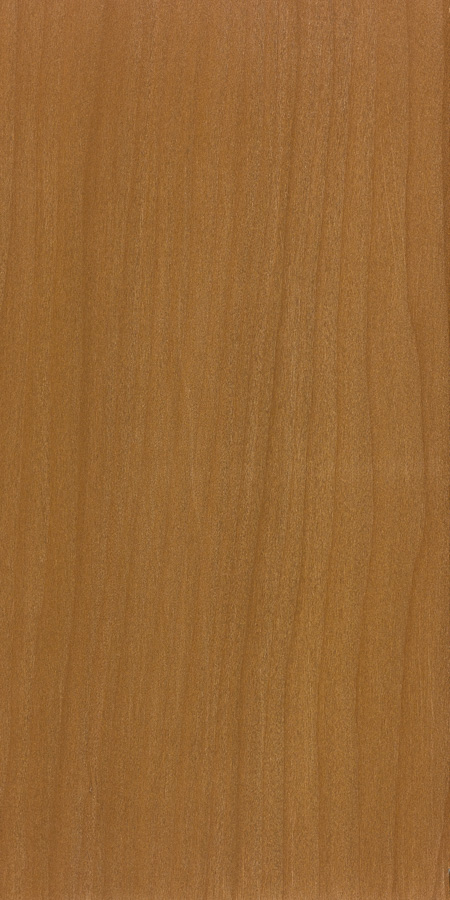
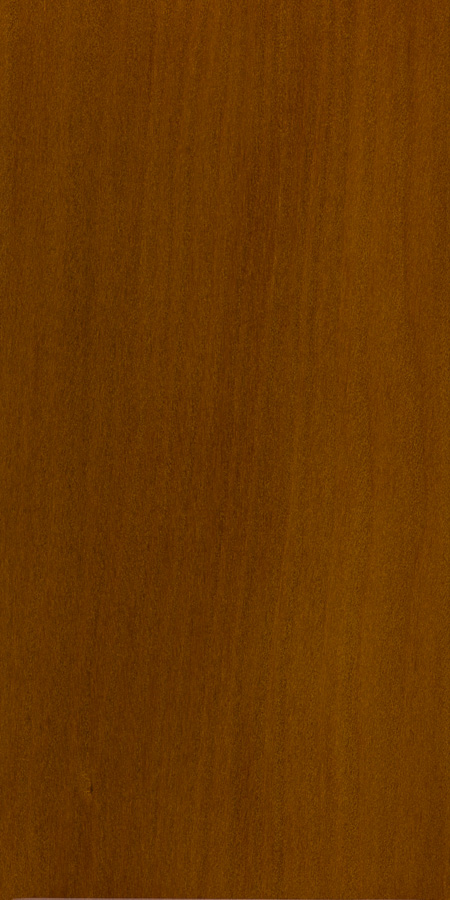
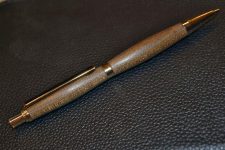
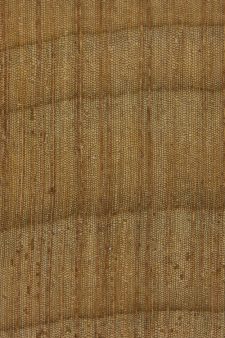

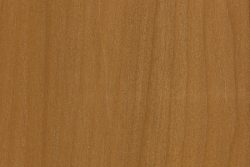
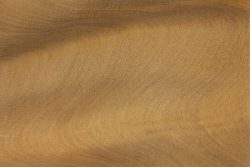
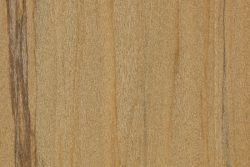
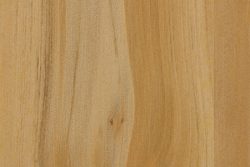
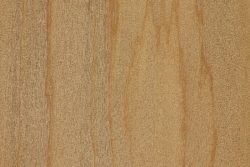
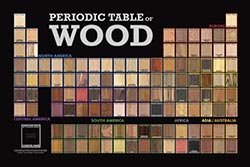






There’s also a generally ill-regarded tonewood commerically labelled “agathis” in EXTREMELY cheap low-end Asian guitars….clearly NOT the strictly controlled NZ product.
It’s also described as quite soft, softer than alder and possibly even softer than basswood.
There are about 12 species of Agathis trees. All of which are considered soft woods. 730 Janka is quite soft
Many of the Agathis species can make fine guitars, acoustic and electric.
Many low priced poorly constructed guitars use Agathis wood as it is inexpensive, easy to attain, and easy to work with.
Usually it is the builder, not the wood that makes a poor guitar.
Agathis can be a fine tone wood.
Bought a 2nd 3×24 from Woodcraft, and it’s a golden maple color! The iridescence is quite nice.
I bought a 3×24″ on sale from Woodcraft. It’s significantly darker than the wood shown here, but with the mentioned “whitebait.”
Would you say this wood would be suitable for drum manufacturing? I’ve noticed drum manufacturers tend to use maple or birch for their drum kits. As a New Zealander, I was hoping to have a unique drum kit that had a “New Zealand” twist to it.